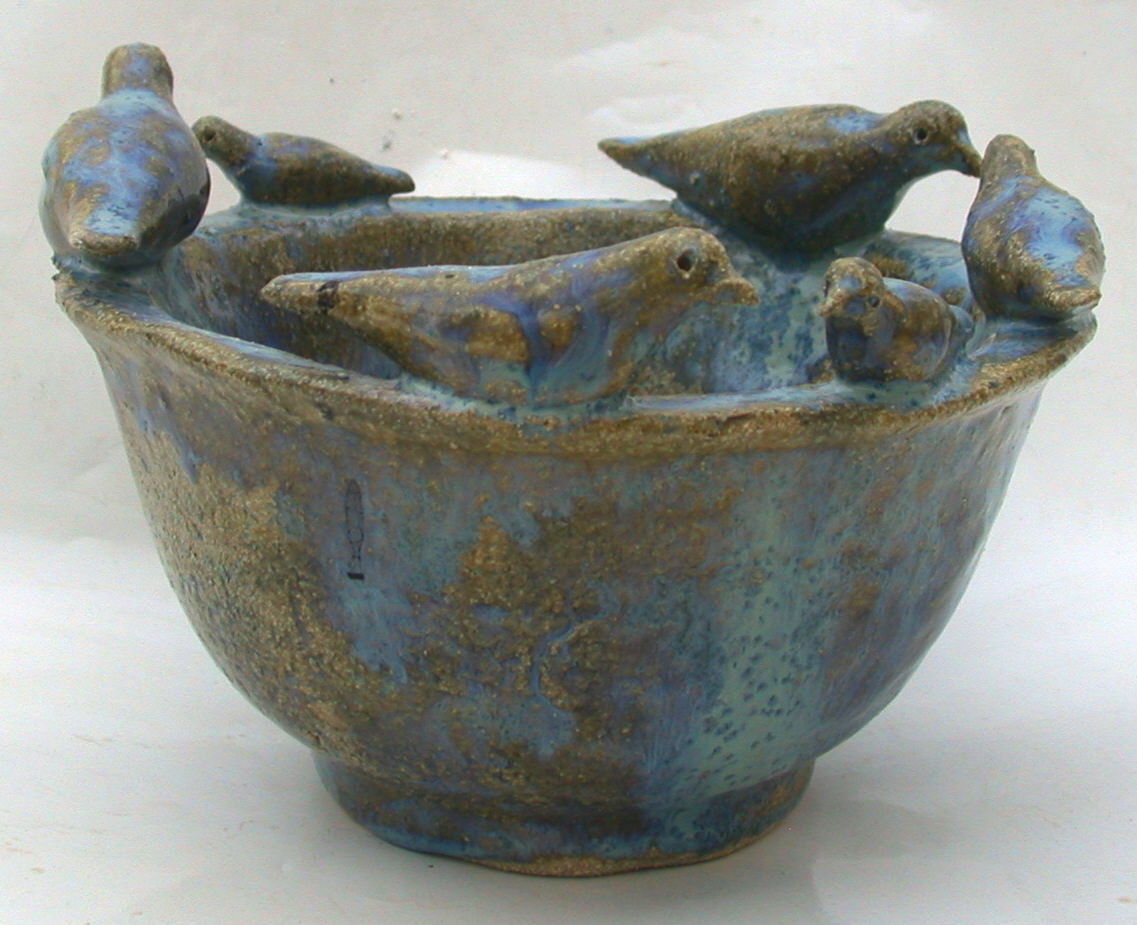Bird bowl is not just an ordinary feeding tool; it's an essential part of avian care that can significantly impact the health and happiness of your feathered friends. Providing a suitable bird bowl is crucial for ensuring that your pet birds receive the right nutrition and hydration. This article explores everything you need to know about bird bowls, including their types, materials, maintenance, and the benefits they offer to avian pets.
As we delve deeper into the world of bird bowls, we will also discuss the impact of proper feeding practices on your birds' overall health. From understanding their dietary requirements to choosing the right size and shape of the bowl, every detail matters. So, let’s embark on this informative journey together and discover how a simple bird bowl can enhance your pets' lives.
Table of Contents
- Types of Bird Bowls
- Materials Used in Bird Bowls
- Maintenance of Bird Bowls
- Benefits of Using Bird Bowls
- Choosing the Right Size and Shape
- Understanding Dietary Needs
- Common Mistakes to Avoid
- Final Thoughts
Types of Bird Bowls
When it comes to bird bowls, various types are available, each designed for specific purposes. Understanding the different types can help you make the right choice for your bird's needs.
1. Standard Feeding Bowls
Standard feeding bowls are the most common type used for bird feeding. They come in various sizes and shapes and are made from different materials. These bowls are typically shallow, allowing birds to access their food easily.
2. Water Bowls
Water bowls are specifically designed to hold fresh water for your birds. It's essential to keep the water clean and refill it regularly to ensure your birds stay hydrated.
3. Foraging Bowls
Foraging bowls are designed to encourage natural foraging behavior in birds. They often have multiple compartments or hiding spots for treats, stimulating your birds' minds and keeping them entertained.
4. Hanging Bowls
Hanging bowls can be attached to the sides of birdcages, making them a convenient option for bird owners. They save space and can be easier to clean and refill.
Materials Used in Bird Bowls
Bird bowls can be made from various materials, each offering distinct advantages and disadvantages. Here are some common materials used in bird bowls:
- Plastic: Lightweight and easy to clean, plastic bowls are popular among bird owners. However, they may not be as durable and can scratch easily.
- Glass: Glass bowls are sturdy and easy to clean, but they can be heavy and fragile.
- Stainless Steel: Stainless steel bowls are durable, resistant to rust, and easy to clean. They are an excellent choice for bird owners looking for longevity.
- Ceramic: Ceramic bowls come in various designs and colors, adding aesthetic appeal. However, they can be heavy and prone to chipping.
Maintenance of Bird Bowls
Proper maintenance of bird bowls is essential for your birds' health. Here are some maintenance tips:
- Clean bowls daily to prevent bacteria buildup.
- Use hot water and mild soap to clean the bowls, avoiding harsh chemicals.
- Rinse thoroughly to remove any soap residue.
- Regularly check for cracks or damages and replace bowls as needed.
Benefits of Using Bird Bowls
Using the right bird bowl offers several benefits for both you and your birds:
- Healthier Feeding: Properly sized bowls ensure that birds can eat comfortably, reducing stress during feeding times.
- Encourages Hydration: Having a dedicated water bowl encourages birds to drink more water, promoting overall health.
- Mental Stimulation: Foraging bowls can stimulate your birds' minds, helping to prevent boredom and behavioral issues.
- Easy Maintenance: Choosing bowls that are easy to clean can save you time and effort in caring for your birds.
Choosing the Right Size and Shape
The size and shape of the bird bowl are crucial for ensuring your birds can eat and drink comfortably. Here are some tips for selecting the right bowl:
- Choose a bowl that fits comfortably in your bird's cage without taking up too much space.
- Consider the size of your birds when selecting the bowl; larger birds will need larger bowls.
- Shallow bowls are ideal for smaller birds, while deeper bowls can accommodate larger species.
Understanding Dietary Needs
Every bird species has unique dietary requirements. Understanding these needs will help you choose the right food to place in their bowls:
- Research your bird's specific dietary needs, including seeds, pellets, fruits, and vegetables.
- Rotate different foods in their bowls to provide variety and balanced nutrition.
- Monitor your birds' eating habits and adjust their diet as necessary.
Common Mistakes to Avoid
Even experienced bird owners can make mistakes when it comes to bird bowls. Here are some common pitfalls to avoid:
- Neglecting to clean bowls regularly, leading to bacteria growth.
- Using bowls that are too small or not appropriate for their species.
- Overfilling bowls, which can lead to wasted food and dirty water.
Final Thoughts
In conclusion, selecting the right bird bowl is a vital aspect of bird ownership that should not be overlooked. By understanding the types of bowls available, their materials, and the maintenance required, you can ensure a healthy and happy environment for your avian friends. Remember to consider their dietary needs and avoid common mistakes to provide the best care possible.
Now that you have a comprehensive understanding of bird bowls, we invite you to share your thoughts and experiences in the comments below. If you found this article helpful, please consider sharing it with fellow bird enthusiasts and explore other informative articles on our site!




